How to Fix & Repair Damaged Leather Goods

Picture this: your personalised leather wallet gift from a loved one bears a deep scratch, or your favourite vegan leather tote bag has a small tear.
It can be frustrating to see your go-to items get damaged. At THEIMPRINT, we understand how important these pieces are to you, which is why we've created this guide on how to fix damaged leather bags, wallets and more.
Types of Leather used in Leather Essentials
Depending on the type of leather, there may be different ways to fix or repair it - it’s important to know what you’re working with:
Genuine Leather
Genuine leather varies in quality, with Full-Grain, Top-Grain, Corrected-Grain, and Bonded Leather being the main types.
- Full-Grain Leather: The highest quality, retaining the natural texture and developing a rich patina over time, used by luxury brands like Hermès.
- Top-Grain Leather: Sanded for a smooth finish, top-grain is durable but lacks the patina of full-grain, commonly used in mid-range products.
- Corrected-Grain Leather: Processed to remove flaws, corrected-grain leather is more affordable but less durable, often used in budget goods.
- Bonded Leather: The lowest quality, made from leather scraps, bonded leather is prone to peeling and used in low-cost items.
Vegan Leather
Vegan leather comes in different forms, mainly PU (polyurethane) leather, PVC (polyvinyl chloride) leather, and microfiber leather, each with unique qualities.
- PU Leather: PU leather is affordable and widely available, made by coating fabric with polyurethane resins. It offers versatility in color but lacks durability, being prone to peeling and cracking over time.
- PVC Leather: Made from polyvinyl chloride, PVC leather is water-resistant but less breathable and more rigid. It is less suitable for items needing comfort, such as clothing or upholstery.
- Microfiber Leather: Microfiber leather is a higher-quality synthetic leather, closely mimicking the texture, durability, and breathability of real leather. It also has better abrasion and chemical resistance compared to PU and lacks the odor of genuine leather. Though more expensive than PU, it offers superior performance.
THEIMPRINT’s signature vegan leather uses Microfiber Leather with Saffiano Texture to ensure that our leather gifts will be more long-lasting compared to typical PU / PVC leather.
Common Types of Damage on different Leather
Before diving into repairs, let's first identify the common types of damage your genuine and vegan leather essentials might encounter:
Scuffs and Scratches:
- Genuine Leather: Full-grain and top-grain leather can develop surface scratches from everyday use, but they often add character and can be conditioned to minimize their appearance.
- Vegan Leather: PU, PVC, and even microfiber leather are prone to scratching, with lower-quality options being more susceptible. Microfiber leather, however, is somewhat better at resisting scratches due to its denser structure.
Cuts and Tears:
- Genuine Leather: Higher-quality genuine leather, like full-grain, is more resistant to cuts but not immune. Corrected-grain and bonded leather are weaker and can tear more easily under stress.
- Vegan Leather: PU and PVC leathers are particularly prone to tearing under excessive force, while microfiber leather is more durable and tear-resistant compared to other vegan leather types.
Stains:
- Genuine Leather: Due to its natural porous structure, genuine leather absorbs liquids and oils, making it susceptible to stains. Full-grain leather can be harder to clean if not treated quickly, while corrected-grain may have some protective coating that helps resist stains.
- Vegan Leather: PU and PVC are more stain-resistant compared to genuine leather, but once stained, they are challenging to restore. Microfiber leather has some moisture absorption, but stains still need to be treated carefully to avoid damage.
Fading or Discolouration:
- Genuine Leather: Exposure to sunlight or harsh cleaning chemicals can cause genuine leather to fade or discolour over time, especially for lighter shades. Conditioning regularly helps maintain its vibrancy.
- Vegan Leather: PU, PVC, and microfiber leathers can also fade under prolonged UV exposure. Microfiber leather tends to be slightly more UV-resistant than PU or PVC, but none are entirely immune without proper protection.
Cracking or Peeling:
- Genuine Leather: Lower-grade genuine leather, such as bonded leather, is prone to peeling and cracking as it ages, especially without proper conditioning. Higher-quality leather like full-grain is less likely to crack if maintained well.
- Vegan Leather: Cracking or peeling is a common issue for PU and PVC vegan leathers, particularly with time and wear. High-quality microfiber vegan leather, like THEIMPRINT's signature vegan leather, is less likely to peel and has better durability, but improper care or age can still lead to cracking.
Can Leather Be Repaired & Restored?
But first, can leather items be repaired?
The answer is a resounding yes. Many types of leather damage can be repaired with the right tools and techniques. Whether it's minor scuffs, peeling, or more significant issues like cracks, you can restore your genuine leather items to their former glory with the help of professionals! Knowing what type of damage you’re dealing with is the first step in deciding the best course of action.
For vegan leather goods, the repairability depends on the quality and type of material. While minor scuffs and scratches can be addressed, peeling vegan leather is typically more challenging to fix, as it often lacks the structural integrity to be patched seamlessly. In most cases, replacement is recommended if peeling occurs, as repair may not restore it to a satisfactory condition.
Can Scratches on Leather Be Repaired?
Yes, light scratches on both genuine and vegan leather can often be fixed by applying a leather conditioner or balm. This helps to smooth out minor abrasions and restore the surface. However, it’s important to note that for genuine leather, light scratches may blend naturally with the patina, adding character over time. For deeper scratches, a leather filler and dye can be used to blend the damaged area with the rest of the item.
For vegan leather, particularly PU and PVC types, minor scratches can also be concealed with conditioners. However, deeper scratches may be more difficult to repair effectively, as vegan leather does not respond to fillers as well as genuine leather. While for microfibre leather, the material has a different structure and tends to be more resistant to scratches.
Can Peeling Leather Be Repaired?
Peeling leather can be repaired by carefully removing any loose or flaking material until you have a stable surface. After that, applying a leather filler and colourant will help restore the item's appearance andprevent further peeling.
With vegan leather, peeling is more common, especially with low-grade PU and PVC materials. Unfortunately, repairing peeling vegan leather is usually not effective, as it tends to lack the durability required for a seamless restoration. In these cases, replacing the item is often the better option.
Can Cracked Leather Be Repaired?
Yes, cracked leather can be repaired. For minor cracks, using a leather dye is an effective solution. If the cracks are deeper, a combination of leather filler and dye will be necessary to achieve the best results. To learn how to fix leather cracks, it’s important to assess the severity of the damage and choose the appropriate repair method.
For vegan leather, cracks are usually a sign of aging or material fatigue, especially with PU and PVC varieties. While microfiber vegan leather may withstand cracking better, regular use of leather conditioners specifically formulated for vegan leather can help maintain its appearance and prevent premature damage. However, once vegan leather develops cracks, repairs are typically less successful, and preventative maintenance is the key to extending its lifespan.
Tools and Materials Needed for Repairs
- Leather Repair Kit: A comprehensive kit containing fillers, adhesives, colourants and more.
- Soft Cloths: Microfibre or cotton cloths for cleaning and applying products.
- Leather Cleaner and Conditioner: Use products made specifically for the type of leather your essentials are made of.
- Soft-Bristled Brush: For gentle cleaning and buffing.
Step-by-Step Leather Repair Guide
Bring your leather back to life with these simple steps:
1. Assess the Damage
Examine the damaged area to know the type and extent of the damage.
2. Clean the Area
Gently clean the damaged area using a damp cloth and mild soap. Allow it to dry completely.
3. Repairing Scratches
Apply a small amount of leather filler or balm to the scratch, using a soft cloth to work it into the leather.
4. Mending Tears
If the tear is small, apply a leather patch and adhesive to the underside of the tear. Press firmly to ensure a secure bond.
5. Removing Stains
Depending on the stain, gentle soap and water can be effective on both genuine and vegan leather. Blot gently with a microfibre cloth or soft sponge and avoid spreading the stain or damaging the leather. To clean vegan leather with stubborn or non-water-soluble stains, use a mild solvent like naphtha (lighter fluid or paint thinner). Dampen a cloth and gently wipe the affected area. Then, blot dry using a dry cloth.
6. Conditioning
Apply a leather conditioner to the surface to help keep the leather supple and prevent future damage.
7. Final Touches
Buff the repaired area with a soft-bristled brush or soft cloth to blend it seamlessly and give it a polished shine.

Additional Tips for Repairing Damaged Leather
- Always test any repair product on a small, inconspicuous area of the leather first to ensure it doesn't cause discolouration or damage.
- Use a light touch and avoid harsh cleaning chemicals and abrasive items, as these can damage the surface of the leather.
- If the damage is extensive or you need help, consider seeking professional leather bag or wallet repair services in Singapore.
Preventing Future Damage
- Wipe your leather items regularly with a damp cloth to remove dirt and dust.
- Place your leather essentials away from direct sunlight and store them in a cool, dry place when not in use to prevent fading and discolouration.
- For leather bags like handbags, tote bags and laptop cases, fill them with crumpled paper to maintain their shape.
- Use a leather protectant spray to create a barrier against spills and stains.
Keep Your Leather Essentials Looking Their Best
THEIMPRINT is dedicated to giving tips on how to repair damaged leather and care for your personalised gifts. With simple tools and techniques, you can restore your cherished treasures to their former glory.
Remember, your leather essentials are not just accessories; they're a reflection of your style and the stories you carry with you. Now that you know how to repair damaged leather, check out THEIMPRINT’s variety of personalised leather and customised gifts you can buy for yourself or as a gift for a loved one.
Our leather items that have been featured on various media features, are made from signature Saffiano Reinforced Vegan Leather, a luxurious and cruelty-free material.It's incredibly durable and scratch-resistant, designed to withstand bumps, scrapes and the rigours of daily life. Also, damages are less likely to appear, and it doesn't typically peel or crack thanks to its high-quality construction. This offers peace of mind for those who buy THEIMPRINT's vegan leather goods.
Choosing vegan leather gifts from THEIMPRINT is a decision that resonates with both style and sustainability. Looking to place an order? Take advantage of our loyalty programme and transparent delivery policy when you order with us.
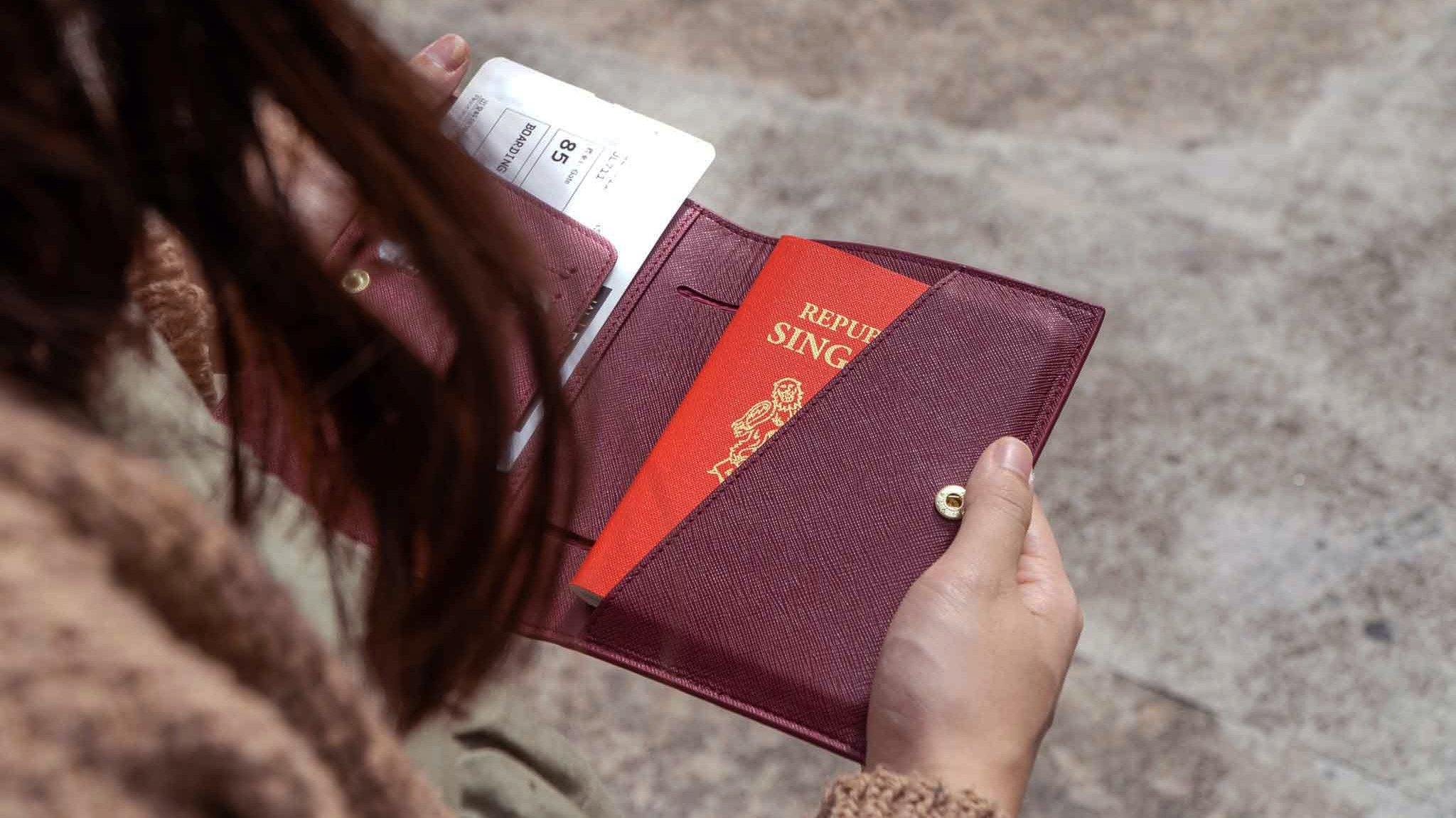
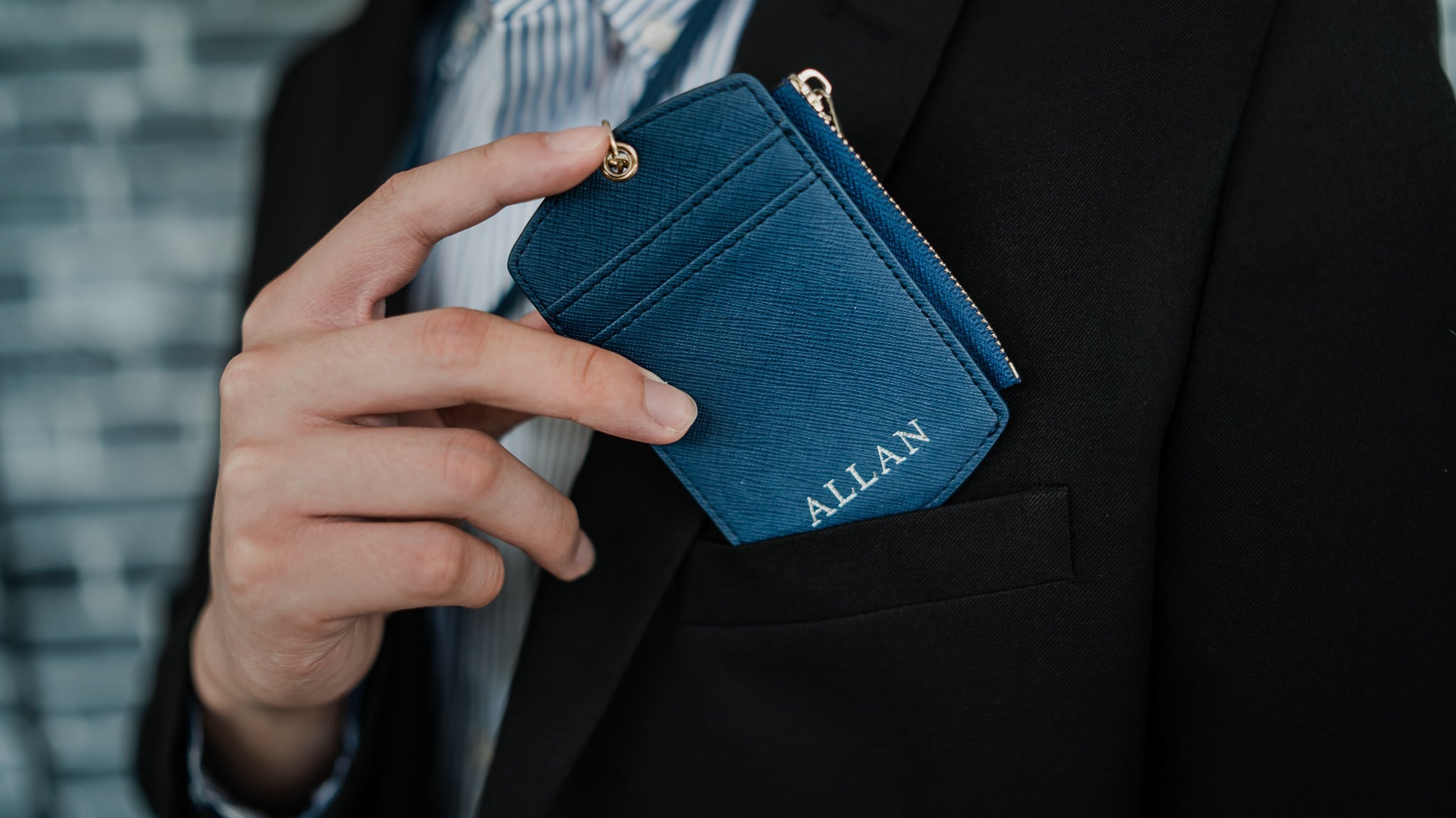
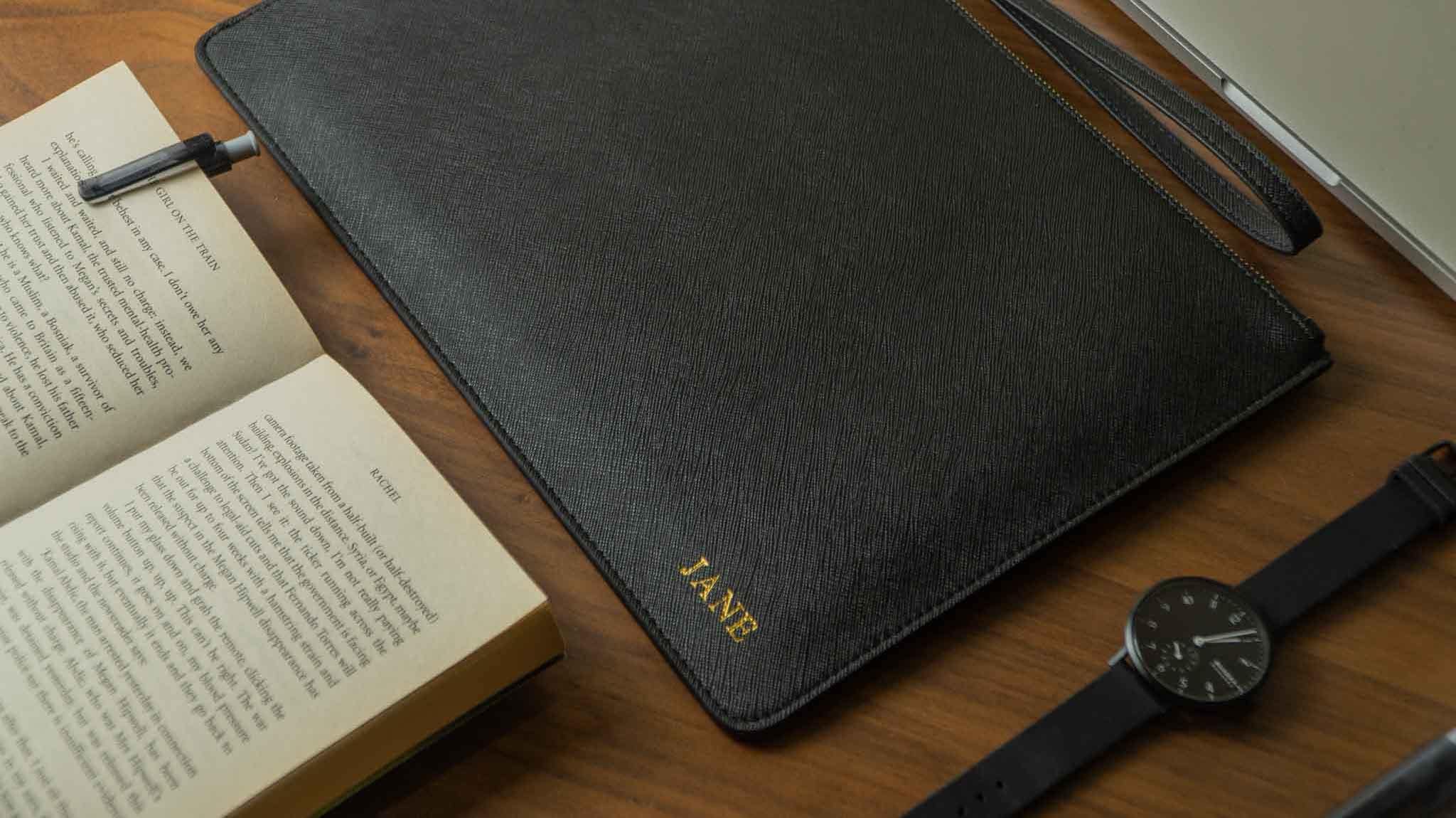
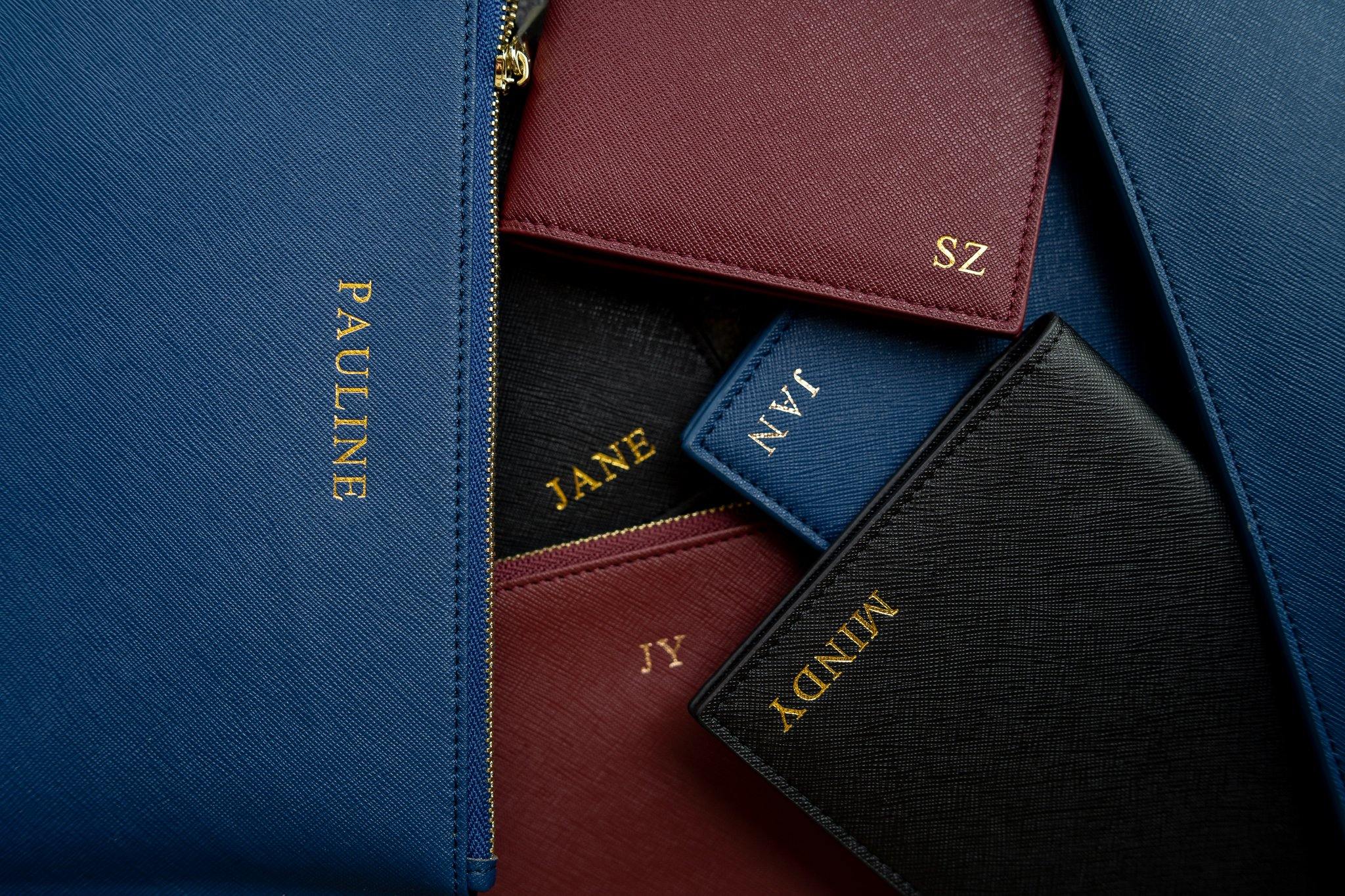
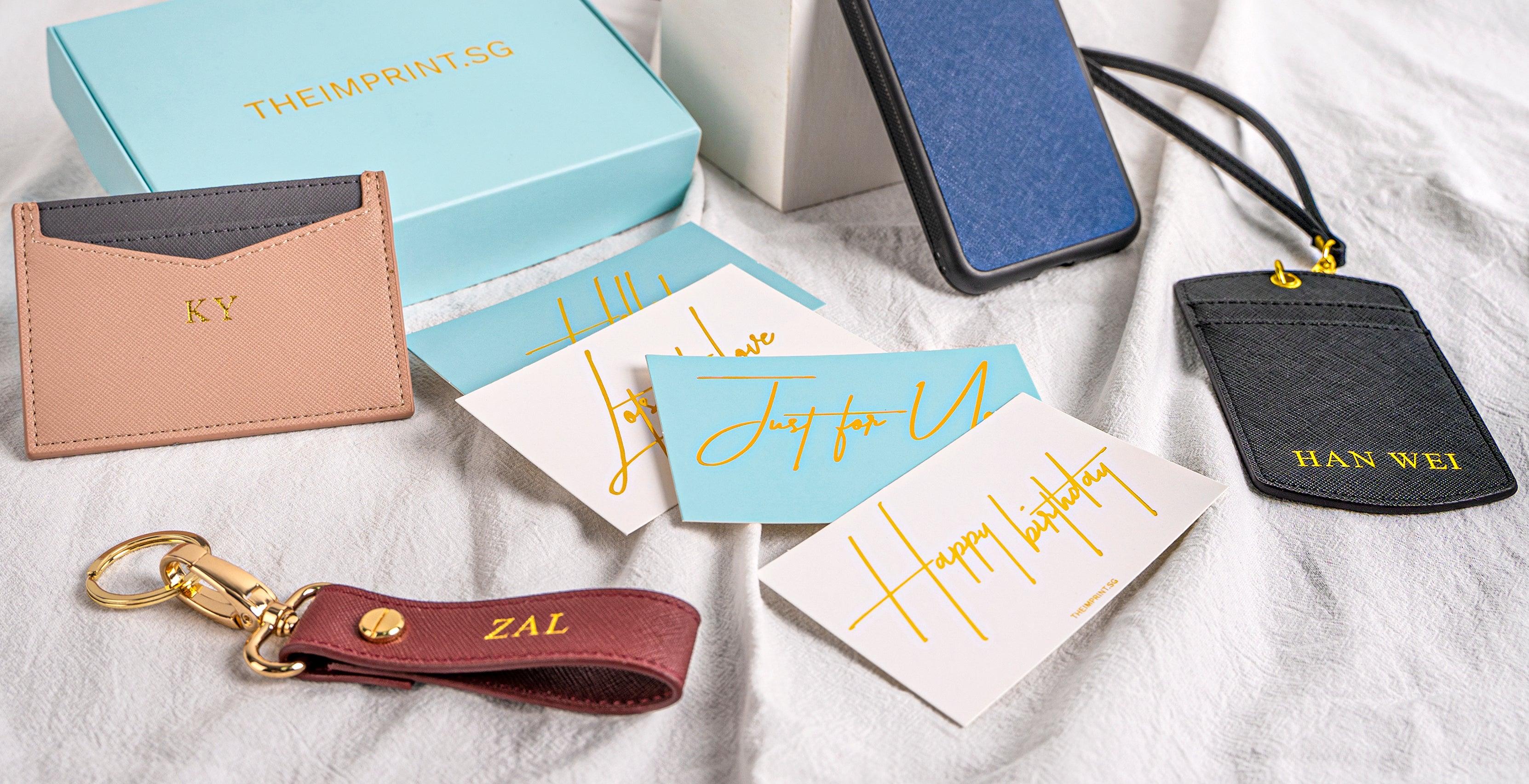
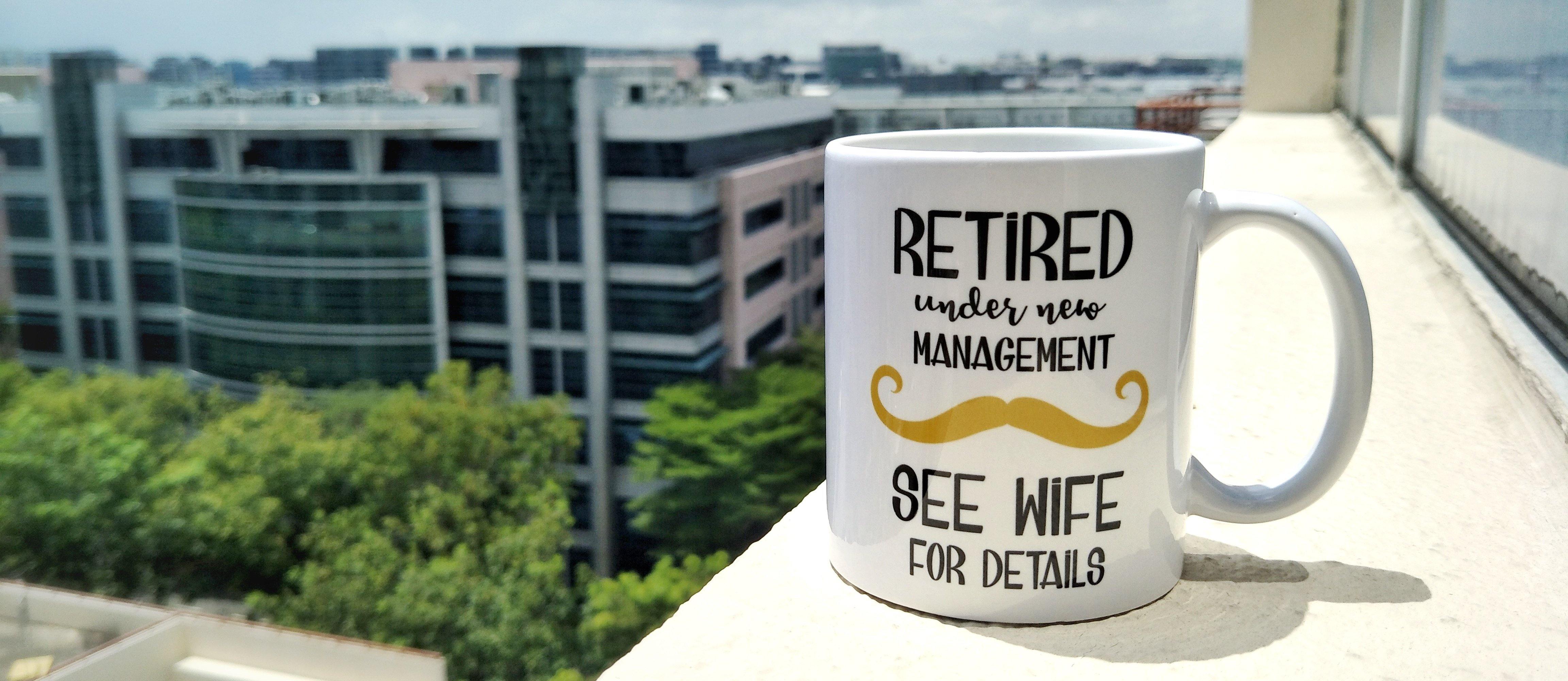
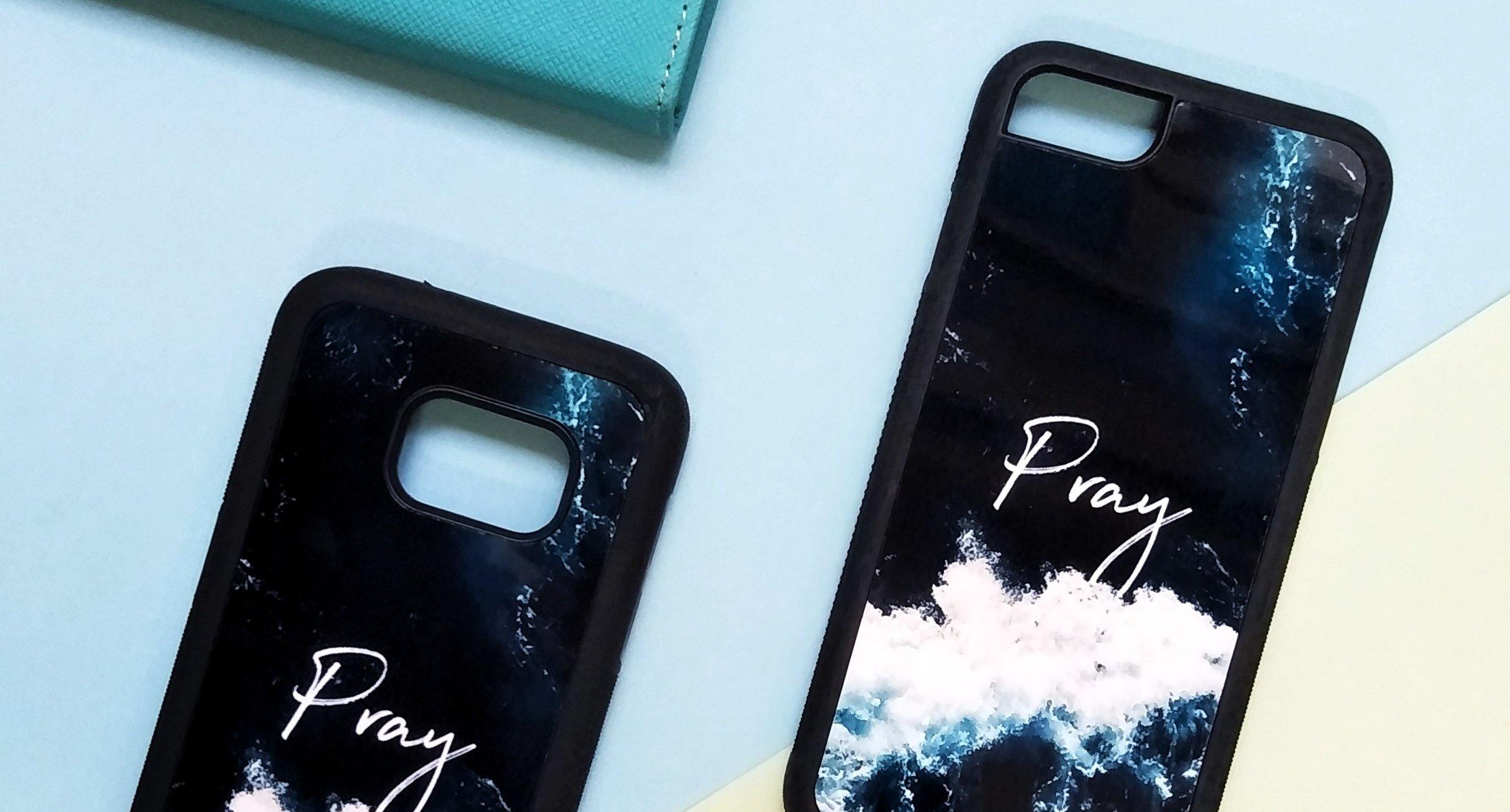
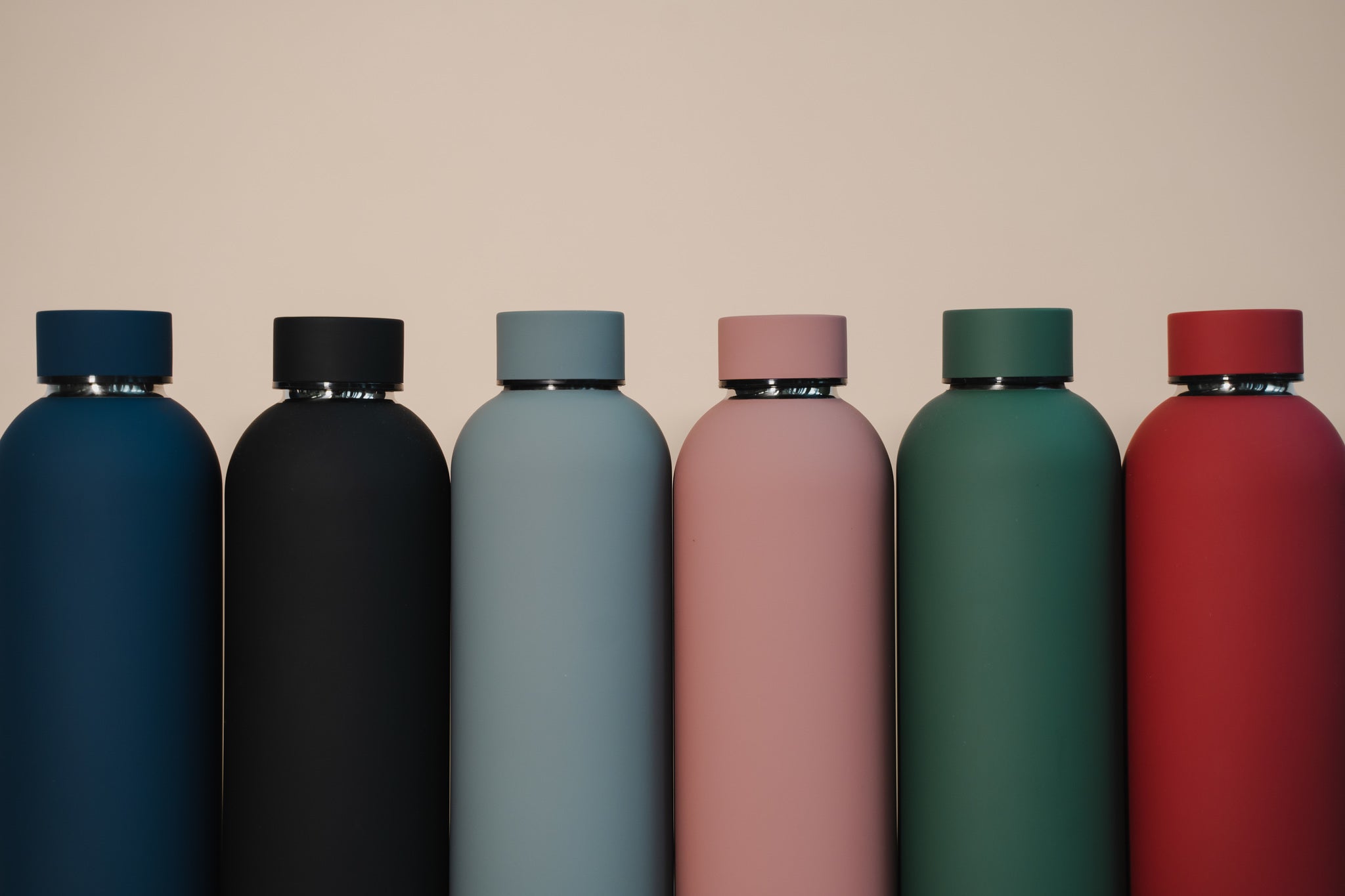

Leave a comment